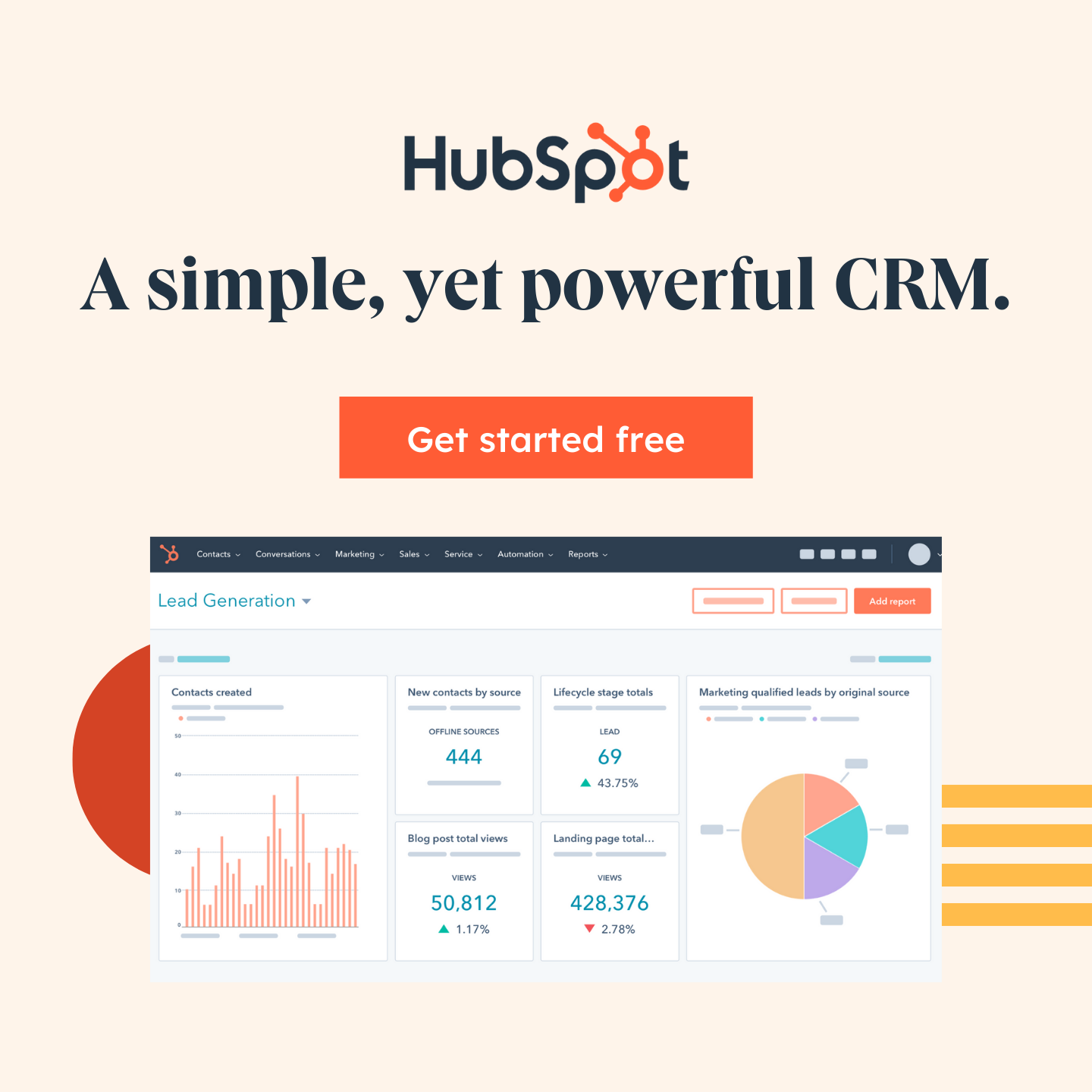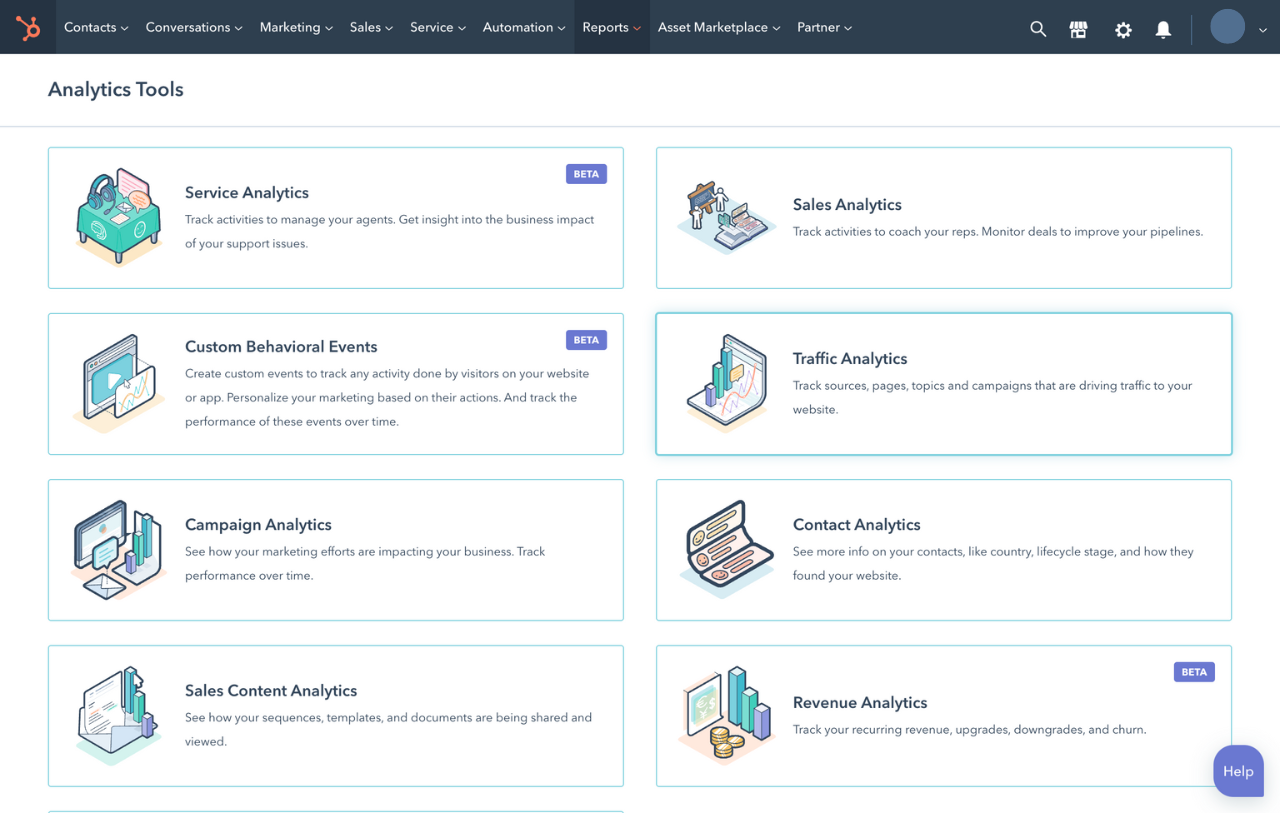Finding the best hosting website for small business can feel like searching for a needle in a digital haystack. It’s crucial, though, because your choice impacts everything from loading speed to customer satisfaction. We’ll uncover the significance of selecting an optimal web hosting service to fuel the expansion of your small enterprise. We’ll explore options like Hostinger and Bluehost, known for their reliability and user-friendly tools.
Table Of Contents:
- The Critical Role of Web Hosting in Small Business Success
- Bluehost – Not only a top tier hosting provider but also a top tier website builder
- Evaluating Bluehost’s Capabilities for Small Business Websites
- Pros and cons of Bluehost
- Comprehensive Review of Hostinger for Small Businesses
- Key Factors When Choosing Your Small Business Web Hosting Provider
- Alternatives to Consider Beyond Hostinger and Bluehost
- Web.com
- Understanding the Cost Implications of Web Hosting Choices
- The Significance of Customer Support in Web Hosting Decisions
- Enhancing Your Website with CDNs, WHOIS Privacy, and SSL Certificates
- Conclusion
Gaining knowledge on weighing expenses against perks like data transfer capacity and safeguarding protocols is what you’ll uncover here. Plus, we touch on alternatives offering unique advantages if mainstream choices don’t fit your needs perfectly.
Let’s make sure you’re equipped to boost your online presence effectively by choosing wisely among hosting providers.
The Critical Role of Web Hosting in Small Business Success
Choosing the right web hosting service is like picking a location for your physical store. Picking a web hosting service is akin to finding the perfect spot for your brick-and-mortar shop; it’s gotta be speedy, dependable, and able to back up your big dreams. This choice can significantly impact customer experience and small business growth.
The Critical Role of Web Hosting in Small Business Success underscores the indispensable nature of choosing the right website host for entrepreneurs aiming to carve a niche in the digital marketplace. In the realm of online business, the speed and reliability offered by your website hosting service can dramatically influence your site’s user experience, directly impacting your company’s bottom line. A top-notch website host not only ensures that your site is accessible to potential customers around the clock but also plays a pivotal role in loading your content swiftly and efficiently. As we delve into the Importance of Speed and Reliability, it becomes clear that investing in reliable website hosting is not just a necessity but a strategic move to outpace competitors and foster business growth. With website hosting acting as the backbone of your digital presence, selecting a service that aligns with your business needs is crucial for securing a successful online venture.
Importance of Speed and Reliability
Fast loading times are not just about keeping visitors happy; they’re also crucial for SEO rankings. A site that loads quickly keeps customers engaged, reducing bounce rates and encouraging them to spend more time (and possibly money) on your site. But it’s not all about speed – reliability matters too.
A web host that offers solid uptime ensures your website is always available when customers look for you online. Downtime can mean lost sales, so an uptime guarantee from your hosting provider is something you should seriously consider.
In essence, selecting the best hosting website for small business isn’t just a technical decision; it’s a strategic one as well. Selecting the right web hosting service affects not only how happy your customers are but also how smoothly potential clients can discover you through search engines.
To make sure these factors work in favour of your business growth rather than against it, explore options that align with these priorities while offering the scalability required by growing businesses.
Bluehost – Not only a top tier hosting provider but also a top tier website builder
Bluehost stands out as an exemplary website builder for several compelling reasons, particularly for those venturing into the realm of digital presence with aspirations to launch and grow their online platform seamlessly. Notably, Bluehost offers an intuitive, user-friendly interface that simplifies the website creation process, making it accessible even to beginners with no technical background. This ease of use, combined with robust, reliable hosting services, ensures that websites not only look professional but also perform flawlessly, offering fast loading times and exceptional uptime. Moreover, Bluehost provides a wide array of customization options through themes and plugins, allowing users to tailor their sites to their specific needs and brand identity. The inclusion of 24/7 customer support and comprehensive security features further cements Bluehost’s position as a top-tier website builder, offering peace of mind and support every step of the way. Whether you’re looking to start a blog, run an e-commerce store, or establish a corporate site, Bluehost delivers the tools and resources necessary to create a strong, effective online presence. It is great for small business website hosting services.
Evaluating Bluehost’s Capabilities for Small Business Websites
User-Friendly Site Building Tools
Evaluating Bluehost’s Capabilities for Small Business Websites reveals a host of advantages tailored to the unique needs of small enterprises looking to establish a strong online presence. One of the most notable aspects of Bluehost’s service is its variety of hosting plans, which are designed to accommodate businesses of all sizes and stages of growth. These hosting plans offer scalability, allowing small businesses to start with a basic package and upgrade as their needs evolve, without experiencing any downtime or service interruptions. Furthermore, Bluehost’s hosting plans come equipped with essential features such as SSL certificates, easy WordPress integration, and 24/7 customer support, ensuring that small businesses have the tools and resources they need to succeed online. The flexibility and comprehensiveness of Bluehost’s hosting plans make it an ideal choice for small businesses seeking reliability, performance, and growth potential in their website builder and host.
Pros and cons of Bluehost
Pros:
- Bluehost offers competitive site speed, ensuring websites load quickly which is crucial for user experience and SEO.
- It provides scalable hosting plans, allowing businesses to easily upgrade their services as they grow without significant downtime or technical challenges.
- Bluehost’s pricing structure is designed to accommodate a range of budgets, making it accessible for startups and small businesses.
Cons:
- While it offers good site speed, there may be faster options available for those with higher budgets.
- The pricing, while competitive, can add up with add-ons and higher-tier plans for businesses needing more resources.
Try BlueHost for only $2
Comprehensive Review of Hostinger for Small Businesses
Affordable Plans with Robust Features
When it comes to small business web hosting, every penny counts. That’s where Hostinger steps in, striking the perfect balance between affordability and functionality. With plans that don’t break the bank, Hostinger doesn’t skimp on features either. They offer a 99.9% uptime guarantee, ensuring your website remains accessible around the clock.
Besides keeping your site online no matter what, they throw in a free domain and SSL certificates to boot. It’s more than just securing your site; it’s about instilling immediate confidence in your visitors.
Exceptional Customer Support Services
The true test of a good web host isn’t just how shiny their features are but how well they stand by you when things go sideways. And here’s where Hostinger really shines for small businesses.
They understand that as a business owner, wrestling with technical issues is the last thing you want to do. So, whether it’s through live chat or email support options available 24/7 at Hosting, they’re always ready to lend a hand. This means you can focus more on growing your business and less on fixing problems.
Key Factors When Choosing Your Small Business Web Hosting Provider
Bandwidth and Performance Needs
Each small business’s online presence is distinct, necessitating specific bandwidth and performance capabilities to meet its unique demands. If your site loads as slowly as a snail, say goodbye to potential customers. They won’t wait around. Hence, opting for a web host that offers abundant bandwidth is essential to ensure your website runs seamlessly. Think of bandwidth like the size of a pipe; the bigger it is, the more data can flow through quickly.
This leads us into reliability too. A site that’s often down loses trust faster than ice cream melts in the sun. You need a host that offers top-notch uptime scores – because every second your site isn’t accessible might cost you money.
Security Measures for Your Website
In our current digital era, overlooking security is akin to leaving your front door unlocked; it’s a necessity from the get-go. It must be baked into your online presence from day one. SSL certificates transcend mere digital accolades, serving as critical fortifications that safeguard the delicate data exchanged from your client’s web navigator to your virtual domain.
A good hosting provider will include free SSL certificates as part of their package but go further by offering robust security measures such as daily backups and proactive threat monitoring to keep cybercrooks at bay.
To make sure these factors don’t trip you up while scaling new heights with your small business, delve deeper into understanding bandwidth reliability security scalability. Remember, choosing wisely now lays down strong foundations for future growth.
Alternatives to Consider Beyond Hostinger and Bluehost
Sure, Hostinger and Bluehost are the big names on campus, but sometimes you need something different. Maybe it’s better privacy protections or hosting services that cater more directly to developers.
Web.com
In the competitive landscape of web hosting services, Web.com positions itself as a comprehensive solution for businesses and individuals seeking to establish or expand their online presence. This comparison with industry giants like Bluehost and Hostinger highlights the nuances that might influence a user’s choice based on their specific needs.
Web.com Overview:
Web.com is a veteran in the hosting industry, providing a wide array of services that cater to building, hosting, and marketing websites. It boasts a user-friendly site builder, support for popular CMS platforms like WordPress, Drupal, Joomla, and a free domain with its hosting plans. Notably, it provides ample storage, with plans starting at 300GB, and promises 99.99% uptime. However, it uses HDD rather than SSD storage, which could impact site speed
Pros of Web.com:
- Comprehensive services including hosting, marketing, and website building
- Generous storage allocations starting at 300GB
- Free domain name with hosting plans
Cons of Web.com:
- Uses HDD instead of SSD, potentially leading to slower website speeds
- Some backend features are difficult to access without customer support
- There are reports of billing issues, such as charges after cancellation
Pricing Comparison:
Web.com’s pricing starts with introductory rates as low as $2.95 for the first month, then $14.95/month, which is competitive but can be higher in the long term compared to Bluehost and Hostinger. Bluehost and Hostinger offer more aggressive pricing strategies and often include SSD storage, which is faster than the HDD storage Web.com uses. Bluehost’s shared hosting plans can start as low as $2.95/month with promotional rates, offering SSD storage, free SSL, and more. Hostinger’s prices can go even lower, starting under $2.00/month for single shared hosting, making it a highly budget-friendly option
Comparing to Bluehost and Hostinger:
When directly compared to Bluehost and Hostinger, Web.com’s strengths lie in its comprehensive service offerings and customer support. However, Bluehost and Hostinger have the edge in performance due to their use of SSD storage, and they typically offer more competitive pricing and better scalability options for growing websites. Bluehost is particularly known for its WordPress integration and user-friendly interface, while Hostinger appeals to users with its low prices and performance for cost-conscious users.
Conclusion:
Web.com is a viable option for users who prioritize a one-stop-shop for their web hosting and online marketing needs, offering a range of services beyond just web hosting. However, for those focused on performance and cost-efficiency, Bluehost and Hostinger may provide better value with their use of modern technologies like SSDs and more attractive pricing models. Ultimately, the choice between Web.com, Bluehost, and Hostinger will depend on the specific needs, budget, and technical preferences of the website owner.
DreamHost Emphasizing Privacy
In an age where privacy concerns are skyrocketing faster than Elon Musk’s ambitions in space travel, DreamHost takes these worries seriously by putting strong user privacy protections front and centre. They understand that running a small business online means handling sensitive information – yours and your customers’. That’s why DreamHost goes above and beyond with features such as WHOIS privacy protection included free of charge.
DreamHost tailors its services to match your evolving demands, freeing you up to expand your venture without fretting over the tech intricacies.
Understanding the Cost Implications of Web Hosting Choices
The cost of business hosting can be as unpredictable as British weather. It ranges from free to a hefty price tag that could rival a small fortune, depending on your needs. When you’re knee-deep in options like shared, dedicated, VPS, and cloud hosting, it’s easy to feel lost. However with those two hosting providers you can easily plan your expenses
Business Hosting Costs Can Range From Free To Millions Depending On Needs
If you’ve ever wondered why there’s such a wide range in pricing models for web hosting services, it boils down to resources and scalability. Shared hosting might let you dip your toes into the online world at minimal cost but expect some crowding and slower load times during peak traffic hours.
Dedicated servers are like having an entire train carriage to yourself; no sharing means faster performance but at a higher ticket price. Meanwhile, VPS offers a middle ground with more control than shared hosting without breaking the bank. And then there’s cloud hosting – flexible and scalable so it grows with your business; however, this elasticity comes with variable costs that can spike based on usage.
To navigate these waters successfully requires understanding what each option brings to the table concerning performance (think loading speed), security measures (like SSL certificates), bandwidth availability for smooth site operation (no one likes waiting), plus any potential add-ons or features that may bolster your online presence.
The Significance of Customer Support in Web Hosting Decisions
Choosing a web host is like picking a partner for your small business. It’s not just about the flashy features or low prices; it’s also hugely about the support and help you get when things go south. Let’s talk about why quality customer support can make or break your decision on which web hosting service to hitch your wagon to.
Decision Making Fuelled by Responsiveness
In the world of web hosting, time is money, and every second your site is down could mean lost customers. That’s where responsive customer support steps in as a lifesaver. A provider that offers quick replies through live chat or phone calls isn’t just doing you a favour; they’re ensuring that any hiccups don’t turn into full-blown disasters for your online presence.
By quickly addressing problems, the hosting service not only speeds up resolution times but also fosters a relationship of trust, demonstrating their commitment to valuing your enterprise by providing prompt solutions.
Expertise: The Backbone of Effective Help
It’s one thing getting fast responses, but what if those replies are as helpful as an umbrella in a hurricane? Thus, the importance of having knowledgeable individuals becomes apparent, underscoring that quick answers alone are insufficient without substantial content. You want experts who don’t just reply quickly but with actionable solutions too.
Venturing into forums and perusing critiques can shed light on the depth of wisdom possessed by a provider’s support crew. After all, there’s no point having 24/7 access if all you’re getting back are shoulder shrugs via email.
To sum up, whether it’s ensuring smooth sailing with rapid problem-solving or trusting in solid advice from seasoned pros, good customer support should be high on your checklist when choosing where to host your small business website because let’s face it – peace of mind comes from knowing someone has got your back whenever trouble knocks on the door.
Picking the right web host is more than just price and features; it’s about getting quick, expert help when you need it. Fast, knowledgeable support keeps your site running smoothly and builds trust with your provider.
Enhancing Your Website with CDNs, WHOIS Privacy, and SSL Certificates
In the digital age, your website’s performance, security, and trustworthiness are paramount. That’s where Content Delivery Networks (CDNs), WHOIS privacy protection, and SSL certificates come into play. Far from being mere jargon, these instruments are pivotal in enhancing your digital footprint.
Boosting Performance with CDNs
A CDN helps speed up your site by caching content in multiple locations around the world. This means visitors access data from a server closest to them—reducing load times dramatically. Imagine it as turning on multiple taps along a water pipeline; wherever you are, water reaches you quicker.
Websites that load quickly not only delight users but also achieve higher positions in search engine rankings. Google has verified that its ranking algorithm considers site velocity, as swifter sites enhance user experiences significantly.
Protecting Identity with WHOIS Privacy
When you register a domain name, personal details like email address and phone number get listed publicly via the WHOIS database—an open invitation for spammers and scammers alike. Using WHOIS privacy shields this information by replacing it with generic details provided by your hosting company or registrar service provider thus keeping pesky intruders at bay.
This level of anonymity doesn’t mean going off-grid—it’s about controlling who gets hold of your contact info while maintaining compliance with internet governance standards.
Safeguarding Data with SSL Certificates
An SSL certificate encrypts data transferred between users’ browsers and servers ensuring sensitive information remains out of reach from prying eyes. It’s akin to sealing letters before posting them—you wouldn’t want anyone snooping through private messages intended for someone else.
Besides encryption benefits these certificates also boost customer trust—a visible padlock icon shows visitors their safety is taken seriously leading to increased conversions.
Boost your site’s speed, protect user privacy, and secure data with CDNs, WHOIS privacy, and SSL certificates. These tools are key for a trustworthy online presence.
Conclusion
Embarking on the quest to identify the optimal web hosting service for a small enterprise involves navigating through an array of functionalities and price points. Navigating the terrain of hosting solutions, elements such as swiftness, dependability, and user assistance emerge as pivotal.
From Hostinger’s affordability to Bluehost’s user-friendly tools, each option has its unique advantages.
Remembering that web hosting affects not just your site’s performance but also security and scalability ensures you’re set for growth. It’s about making informed choices that align with your business goals.
In the end, thriving hinges on grasping these subtleties and choosing an ally who backs your digital existence at every turn.


































